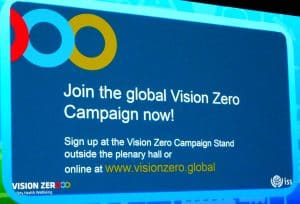 The launch of a “Vision Zero” campaign about occupational health and safety (OHS) was a major element of the recent World Congress on Safety and Health at Work but it has created confusion and some alarm.
The launch of a “Vision Zero” campaign about occupational health and safety (OHS) was a major element of the recent World Congress on Safety and Health at Work but it has created confusion and some alarm.
The Secretary-General of the International Social Security Association (ISSA) Hans-Horst Konkolewsky told SafetyAtWorkBlog that Vision Zero “is not a Zero Harm campaign”. However confusion appeared on the first day of the Congress when an organisation was given a Vision Zero award for a safety program that the organisation has just and repeatedly described as “Zero Harm”.
The best solution to this confusion is to ignore the Vision Zero branding and look at the intentions and resources behind the razzamatazz. If you do, there is a lot of good information.

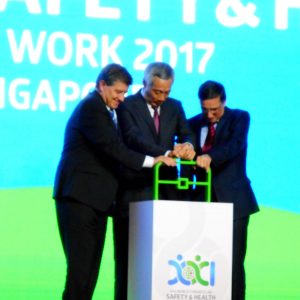
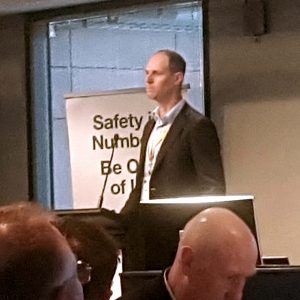 Every safety conference needs a
Every safety conference needs a 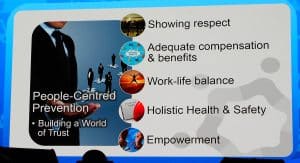 The
The 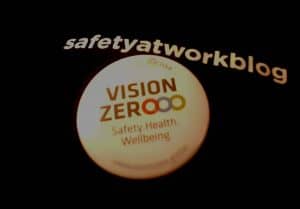 A major theme of the
A major theme of the  In front of thousands of delegates and dignitaries, the 21st World Congress on Safety and Health was officially opened yesterday by the Singapore Prime Minister
In front of thousands of delegates and dignitaries, the 21st World Congress on Safety and Health was officially opened yesterday by the Singapore Prime Minister